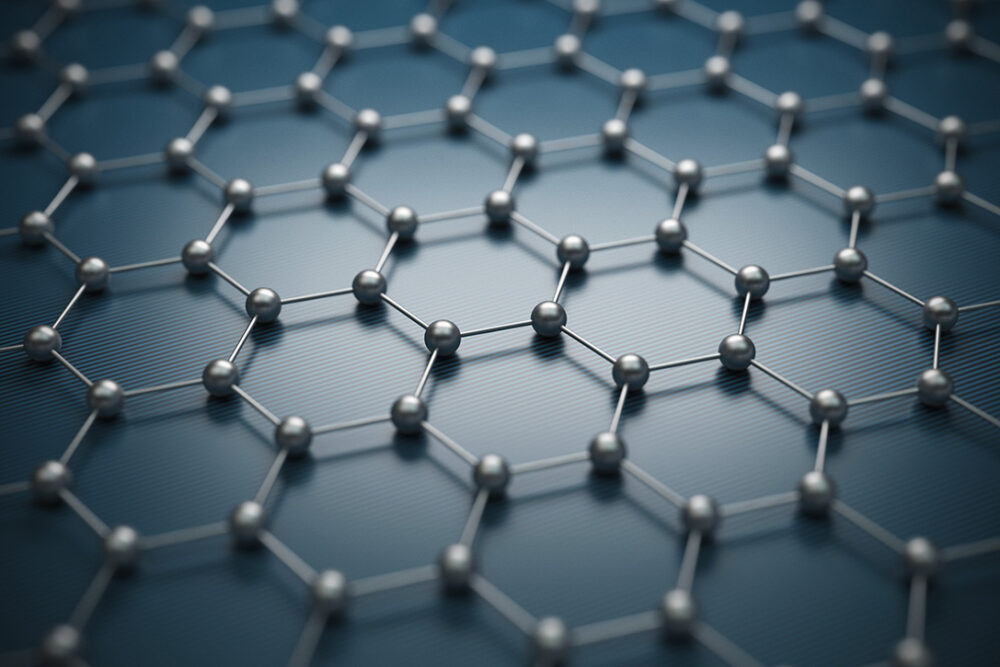Graphene, a remarkable allotrope of carbon, has garnered significant attention in various fields, from materials science to electronics. This single layer of carbon atoms arranged in a two-dimensional honeycomb lattice exhibits extraordinary properties, prompting questions about its practical applications. What makes graphene stand out, and how might it reshape our technological landscape?
To understand the utility of graphene, one must delve into its fascinating properties. With an exceptional electrical conductivity, it surpasses that of copper, which has led researchers to explore its implementation in advanced electronic components. Could this material be the key to creating faster, more efficient transistors? The potential for graphene-based transistors to operate at higher speeds than traditional silicon counterparts could revolutionize computing technology and propel progress in the ever-evolving realm of information technology.
Graphene’s mechanical strength is another pivotal characteristic. Despite being extremely lightweight, it boasts a tensile strength more than 200 times greater than steel. Such a remarkable attribute presents opportunities in the development of lighter, stronger materials for construction and aerospace. Imagine a future where buildings are constructed with graphene-reinforced materials, leading to structures that are not only resilient but also energy-efficient. The challenge lies in the scalability of production methods, as current techniques may hinder widespread adoption. How can we overcome these production barriers?
Furthermore, graphene’s unique optical properties invite exciting innovations. It absorbs light across a broad spectrum, making it a candidate for applications in photonics and optoelectronics. One intriguing possibility is the development of ultra-sensitive imaging sensors. Such sensors could vastly improve biometric devices, enabling advancements in medical diagnostics and surveillance technologies. Yet, as with many cutting-edge technologies, there exist ethical implications: how do we navigate the privacy concerns associated with enhanced surveillance capabilities?
Another area where graphene shows immense promise is energy storage and generation. The material’s large surface area and conductivity lend themselves to the creation of supercapacitors and batteries with remarkable charge density and efficiency. Current lithium-ion technologies are facing limits in performance and longevity; could graphene batteries usher in an era of more sustainable energy solutions? The quest for effective energy storage systems is paramount in tackling climate change and transitioning to greener energy sources.
In the realm of biology, graphene’s biocompatibility suggests potential applications in drug delivery systems and biosensors. One of the most compelling uses could be in targeted cancer therapies where graphene-based carriers deliver drugs precisely to tumor sites, minimizing systemic side effects. However, integrating novel materials into medical applications necessitates thorough safety evaluations. How do researchers ensure that graphene’s introduction into the biomedical field is both safe and effective?
Graphene-infused composites are also gaining traction in various industries. Creating materials that capitalize on graphene’s properties could result in composites that exhibit enhanced thermal conductivity and improved durability. These composites can find applications in automotive, aerospace, and even sporting goods industries. As manufacturers seek to enhance performance while minimizing weight, the ubiquitous use of graphene could redefine standard practices across sectors.
The versatility of graphene extends to environmental applications as well. Its excellent adsorption properties allow for the potential removal of pollutants from water and air. In an age where environmental challenges escalate, implementing graphene-based solutions in filtration systems may provide viable remediation strategies. However, for these proposals to reach fruition, technological hurdles must be addressed, particularly regarding the cost-effectiveness and environmental impact of graphene production.
Nevertheless, the journey towards harnessing graphene’s potential is fraught with challenges. While the material itself is relatively abundant, producing high-quality sheets at a scalable level remains a significant obstacle. Currently, methods such as chemical vapor deposition and liquid-phase exfoliation are utilized, but they require refinement for commercial viability. How do we bridge the gap between laboratory innovation and practical applications in the marketplace?
Apart from production challenges, there are regulatory and standardization issues that need consideration. As graphene permeates various industries, establishing guidelines for its safe use and recycling becomes crucial. The interplay between innovation and regulation can be complex; how do we ensure that safety and efficacy do not stifle progress?
In conclusion, the multifaceted applications of graphene encompass a broad spectrum, from electronics to energy solutions, biomedical advancements, and environmental sustainability. The inherent properties of graphene suggest a wealth of possibilities that could significantly impact technology and society. However, the path forward is not without challenges — production scalability, regulatory frameworks, and ethical implications must be navigated with foresight. As research proliferates, the necessity for interdisciplinary collaboration will be paramount. The question remains: can we harness the true potential of graphene in a responsible and sustainable manner? The pursuit of this answer holds the key to potential breakthroughs that may define future technologies and solutions. In the quest for innovation, the story of graphene is just beginning.












